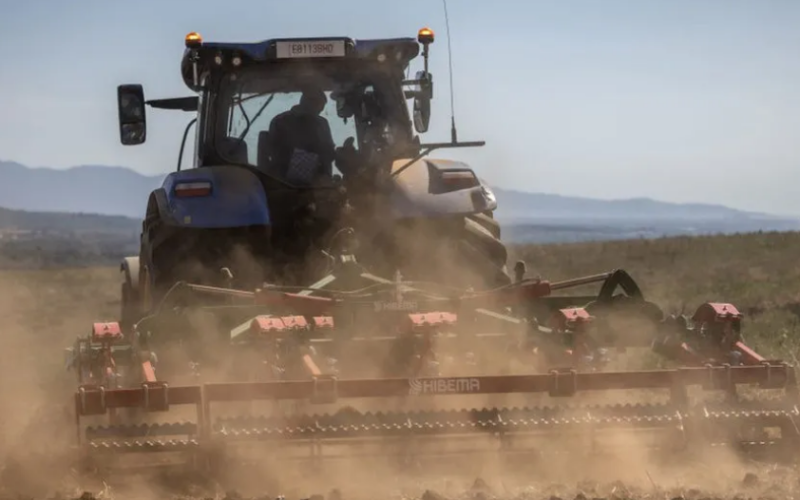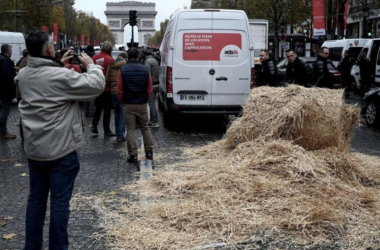Catalonia, a region renowned for its vibrant culture and picturesque landscapes, is currently grappling with an unprecedented water crisis, prompting authorities to declare a state of emergency. With reservoirs reaching perilously low levels, over six million Catalans, encompassing 200 towns and cities, including the capital Barcelona, are set to face stringent water restrictions. The severity of the drought has forced the implementation of emergency measures, sparking concerns about its impact on daily life, agriculture, and tourism.
Effective Thursday, residents are prohibited from washing cars and filling empty swimming pools, reflective of the urgent need to conserve water resources. The dire situation, marked by reservoirs dwindling to approximately 16% of their capacity, underscores the gravity of the crisis. The Catalan government’s decision to impose restrictions demonstrates the urgency of the situation and the need for immediate action to mitigate the effects of the drought.
Local residents and businesses, particularly those in high-altitude towns like Berga, express deep concerns about the scarcity of water. For individuals like Anna Casòliva Freixe, a baker in Berga, the lack of rainfall poses not only a challenge for her bakery but also raises worries about meeting basic household needs. The sentiment among residents reflects a growing anxiety about the far-reaching implications of the water shortage.
While Spain has encountered dry conditions in various regions, Catalonia, bordering southern France, is experiencing a level of drought less familiar to the area. The severity has prompted authorities to consider unconventional measures, such as transporting water by ship to Barcelona should the city face a complete water shortage. This contingency plan, previously employed in 2008, highlights the extraordinary nature of the current water crisis in Catalonia.
As concerns about climate change intensify, the Catalan government acknowledges the possibility of the drought being linked to broader climate shifts. While it is too early to definitively attribute the crisis to climate change, rising temperatures in the Mediterranean region are exacerbating dry spells. The Catalan government’s climate action secretary, Anna Barnadas, emphasizes that climate change has been factored into their strategic planning to address water scarcity.
Barcelona, Catalonia’s capital and Spain’s premier tourist destination, faces visible consequences of the drought, with decorative fountains turned off for a year and restrictions on watering public and private gardens. Residents are adjusting daily routines to conserve water, offering a glimpse into the lifestyle changes necessitated by the crisis. The tourism sector, crucial to Barcelona’s economy, is adapting with measures like water conservation awareness and eco-friendly practices in hotels.
As Catalonia navigates the challenges posed by the drought, uncertainties loom over the coming months. The high tourist season, vital for the region’s economy, raises questions about how the area will manage an influx of visitors amidst water shortages. With the Catalan government indicating a proactive stance in adapting tourism practices, the evolving situation underscores the need for adaptive strategies across various sectors.
Catalonia’s declaration of a state of emergency reflects the severity of the drought crisis and the imperative to address immediate challenges. From daily life disruptions to implications for vital sectors like agriculture and tourism, the water shortage poses multifaceted challenges. As Catalans grapple with restrictions and uncertainties, the region’s resilience will be tested, necessitating collaborative efforts, adaptive measures, and a broader awareness of the intricate links between climate shifts and the well-being of communities.








